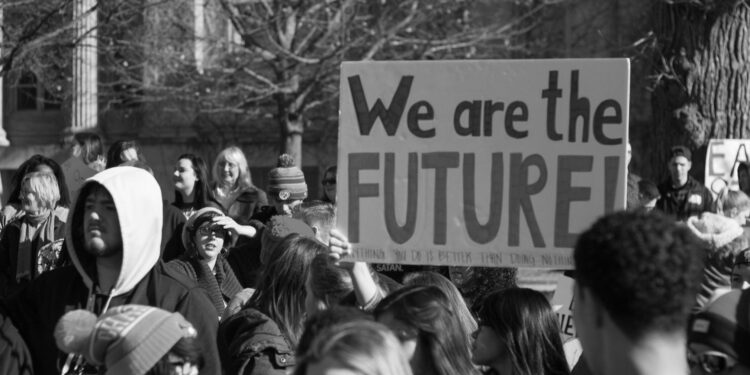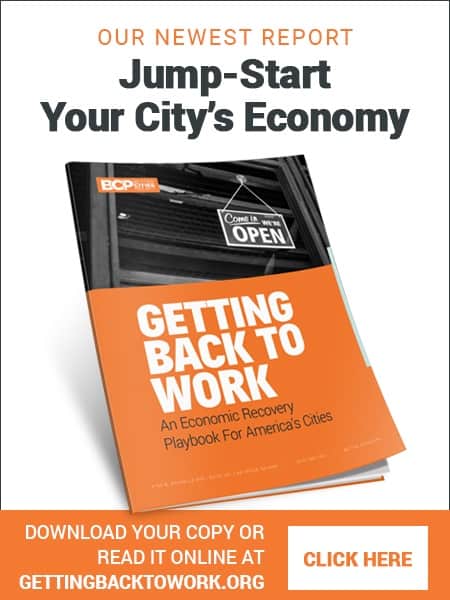During the COVID-19 pandemic shutdown, many families with children moved to suburban or rural areas in search of more space. From mid-2020 through mid-2022, populations of young children fell by 10% in large urban counties that make up metro New York City, San Francisco, Los Angeles and Chicago.
This trend has continued: Americans ages 25 to 44 – the years when people typically start families – are increasingly moving to rural counties and small metro areas.
From my research in economic development and public finance, I have observed unique local factors that influence this trend, but also recurring themes. Here are some reasons why major cities are losing young families, and the effects that follow.
What young families contribute to cities
Families form the backbone of thriving communities. Their presence positively affects city infrastructure, local economies and overall quality of life.
Some people may wonder how this can be true when school districts within cities have to spend money on public schools. In fact, along with property tax payments, young families contribute to the economy by spending on housing, groceries, child care, health care, recreation and education. They create demand for family-oriented goods and services, which helps generate stable jobs in sectors such as education, health care, retail and hospitality.
By participating in local events, volunteering and connecting with their neighbors, young families help create lively communities. This kind of engagement fosters a sense of belonging and helps strengthen cities’ social fabric.
Young families help cities maintain or increase their population, which can counter urban shrinkage and decline. They are important advocates for high-quality public services such as schools, parks and libraries, and recreational amenities such as swimming pools and playing fields.
Families often advocate for features that promote healthy living, and for cleaner environments with lower pollution levels and reduced traffic congestion. Neighborhoods with young families tend to have lower crime rates due to parents’ investment in their children’s safety and well-being.
Moving out of urban centers
Why are these families leaving large cities? There are many reasons, including high costs of living and housing, quality of education and school systems, crime and safety concerns and environmental and health factors.
Together, these drivers make many cities less attractive environments for families. Many families are choosing suburban or rural locales where they perceive a better quality of life for raising children.
Declining birth rates also help to explain why the number of households with children continues to shrink in major cities. For many reasons, including concerns about the future as well as current economic conditions, younger Americans are having fewer children, which is reducing household size.
Cities without kids
When cities lose significant numbers of young families, there can be far-reaching social, economic and demographic impacts. Declining numbers of students can lead to school consolidations or closures.
Reduced demand for family-sized homes and rental properties may depress property values. The city’s labor force can shrink, affecting its local economy and tax base.
As young families leave, declining property and sales tax revenues can make it harder to fund services and maintain infrastructure. Since schools and youth organizations often are hubs for community engagement, residents’ sense of community may weaken over time.
Where the kids are
Some cities are bucking this trend. For example, Austin, Texas, has become a major tech hub in recent years, with many companies relocating or expanding there and creating jobs. Austin’s relatively low cost of living, strong public school system and abundant parks and recreational activities make it a destination that’s often highly rated for families.
Raleigh, North Carolina, is another popular draw for young families with children. It offers a strong job market in technology, health care and education; affordable housing; high-quality schools; and a growing population of young professionals and families.
Other “baby boomtowns” currently attracting young families include Dallas-Fort Worth, Charlotte, Boise, Salt Lake City, Orlando and Nashville.
Attracting young families
Overall, families with children consider many factors in choosing a place to live. Affordable and family-friendly housing is usually a top priority. Cities seeking to attract families could prioritize developing affordable single-family homes, townhomes and apartments with family-friendly features, such as common play spaces.
Developers may require incentives to build two- to four-bedroom units, instead of the studios and one-bedroom units that typically are marketed to young professionals. Creating mixed-income housing developments is a way to foster diverse, vibrant communities and avoid gentrification.
Another priority for attracting and retaining young families is well-funded public schools with excellent teachers, resources and extracurricular activities. School systems may be able to collaborate with local colleges and universities to offer family-friendly programs, dual enrollment for high school students and continuing education for parents. Working families also need access to affordable, high-quality preschools and day care centers.
Investing in community policing strategies, neighborhood watch programs and youth engagement initiatives can help to build a sense of safety. Adopting traffic-calming measures by constructing more pedestrian crossings and providing safe routes to schools can reduce the risk of accidents and make streets safer for families.
Recreation is another important area for investment. Creating and maintaining safe parks, with playgrounds, picnic areas and sports facilities, will serve residents of all ages. Walkable neighborhoods, with bike paths and green spaces that promote active lifestyles, are also very appealing to young families.
Parks can build community by offering recreational programs, sports leagues, cultural events, summer camps, art classes and holiday celebrations. Activities like these can help make cities feel like welcoming places. Cities can host events such as farmers markets, outdoor movie nights and seasonal festivals, and promote community sharing to create a sense of belonging.
Most cities don’t have the resources to pursue all of these goals at once. But to attract and retain young families, I believe picking one or two as targets is a good way to move forward.









